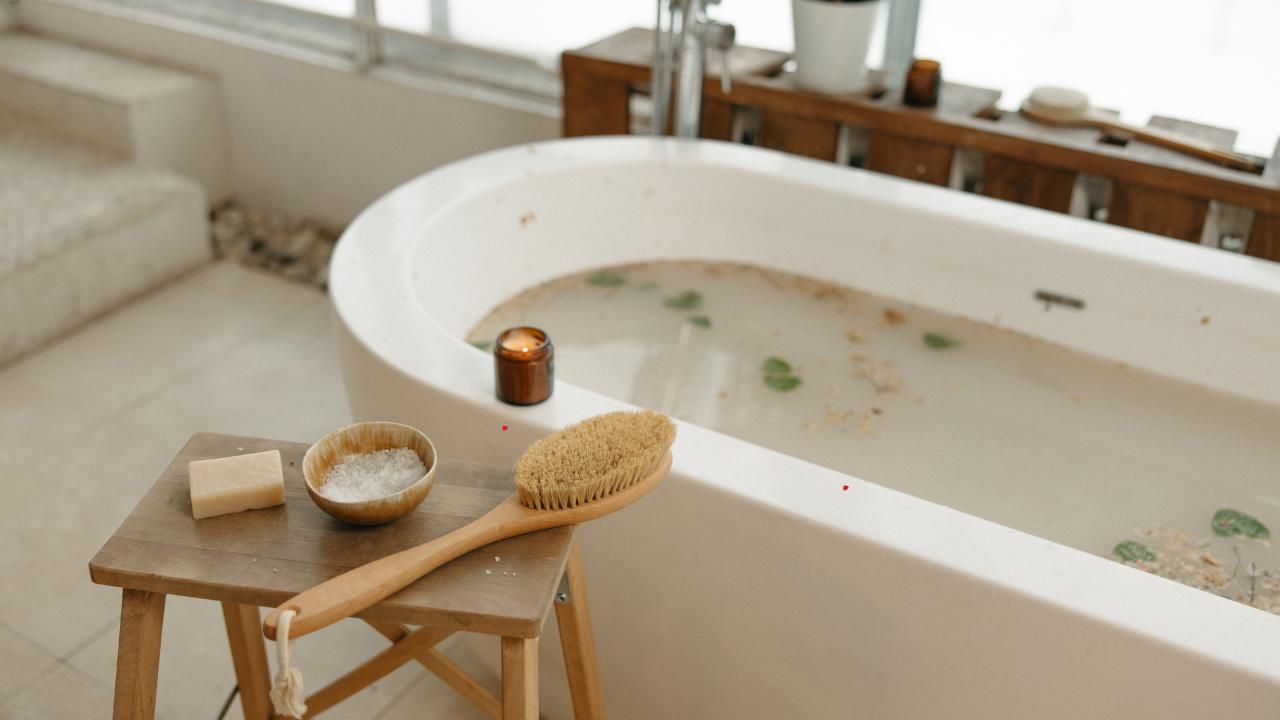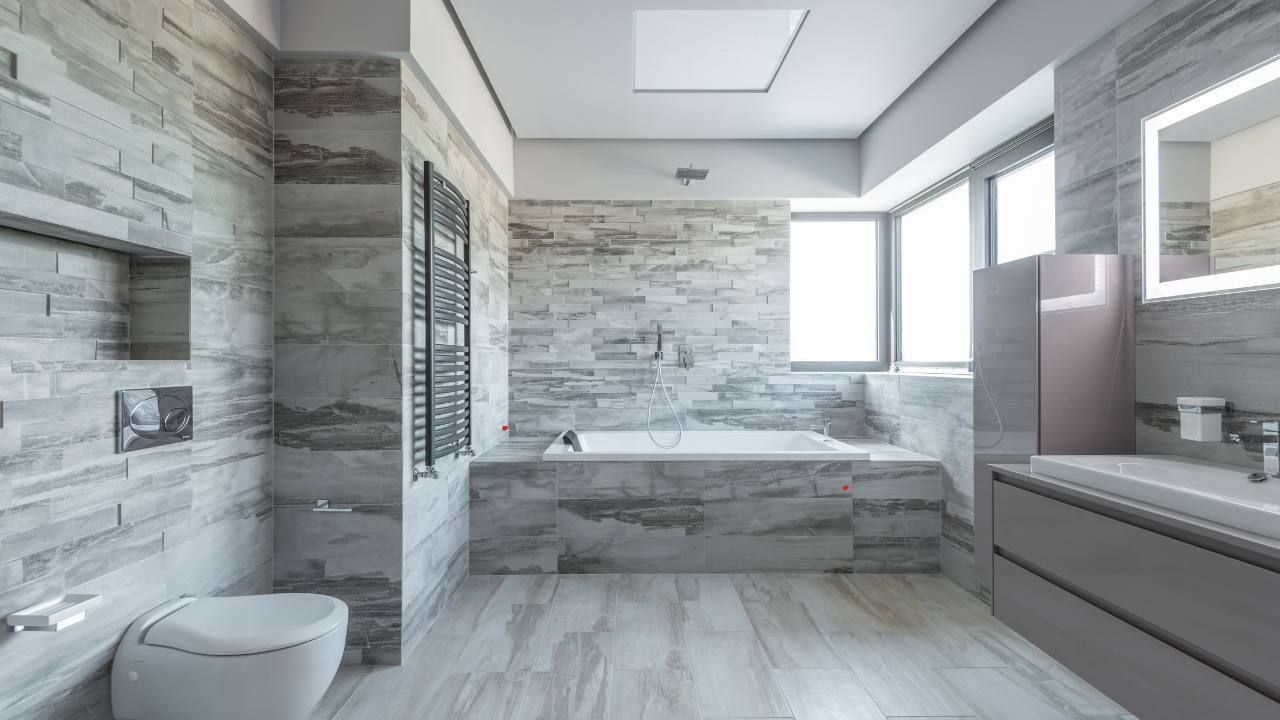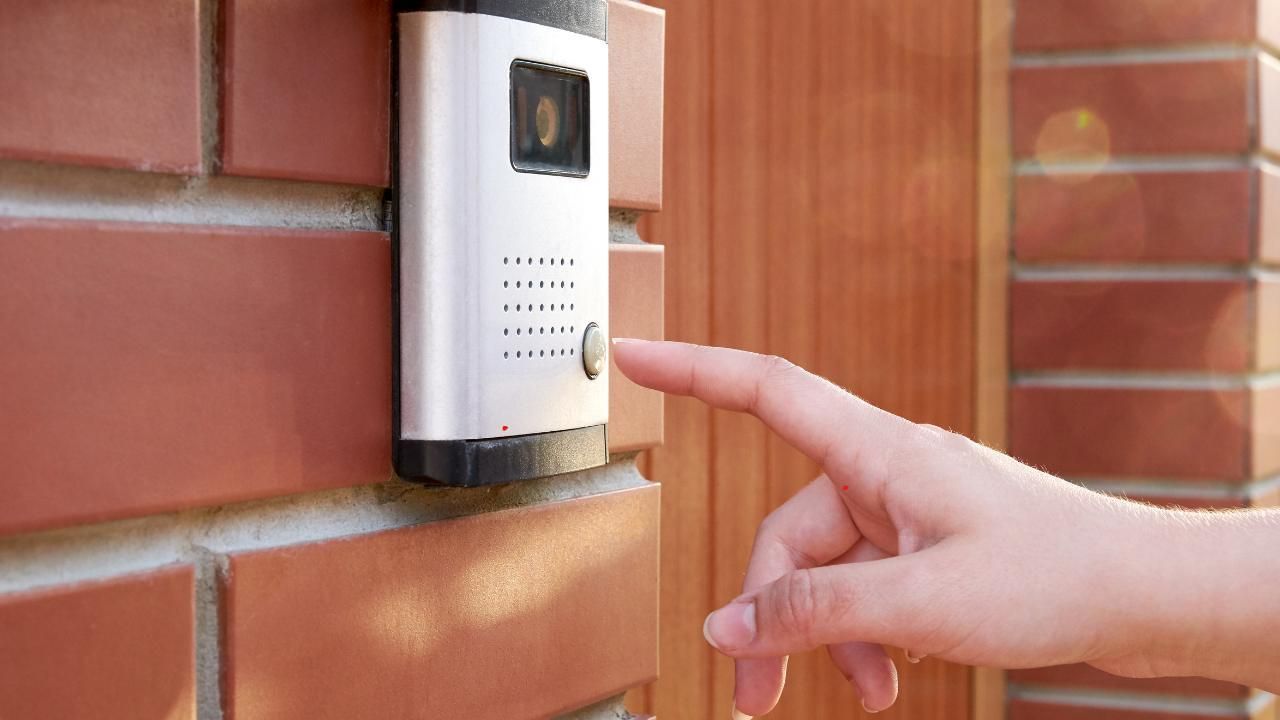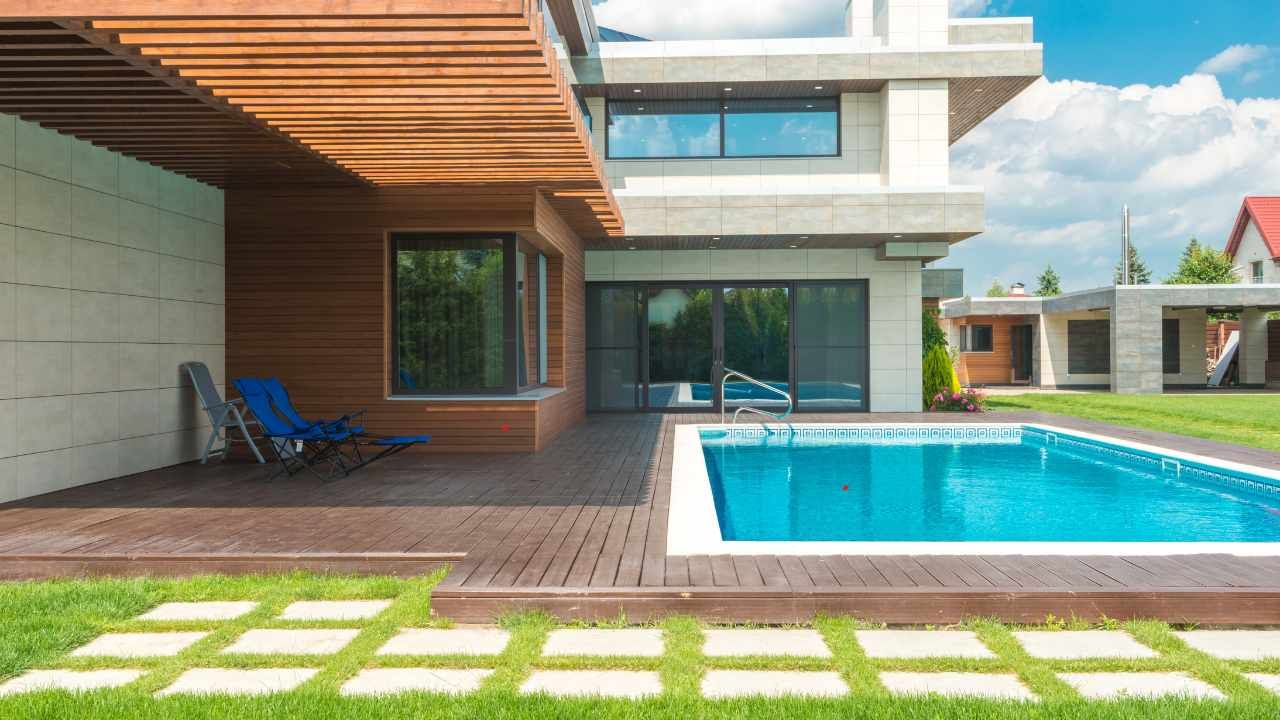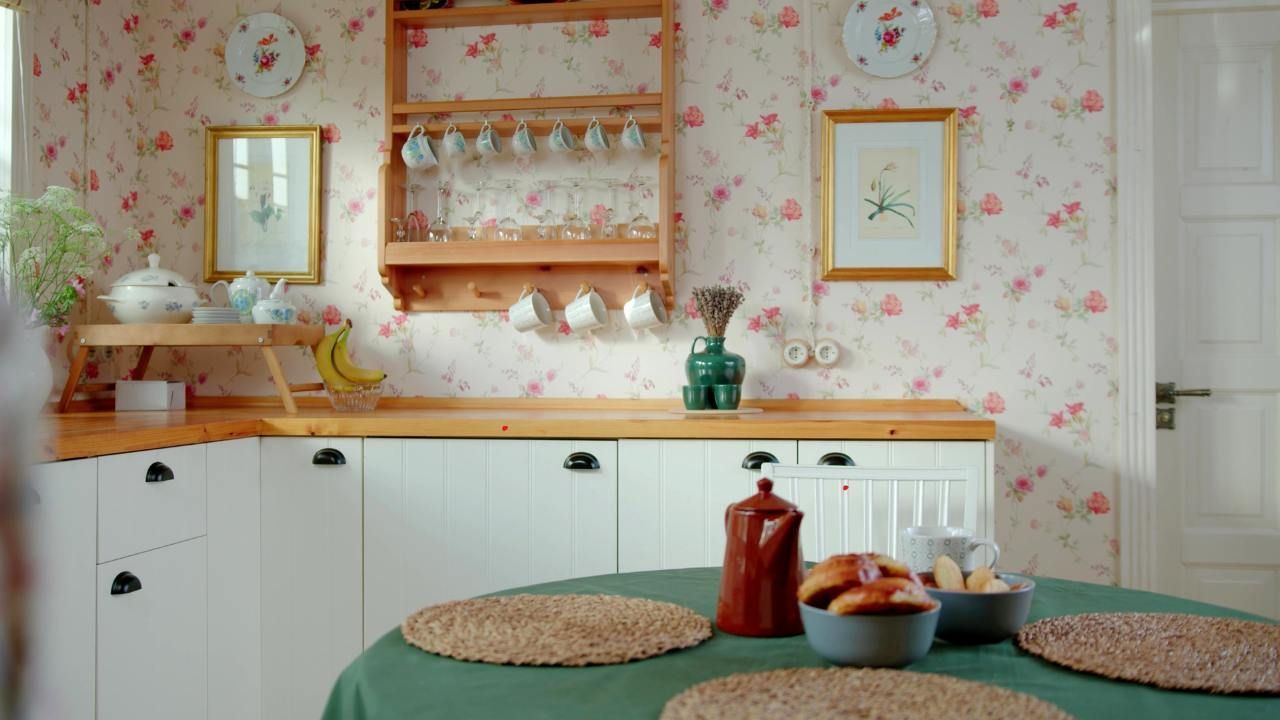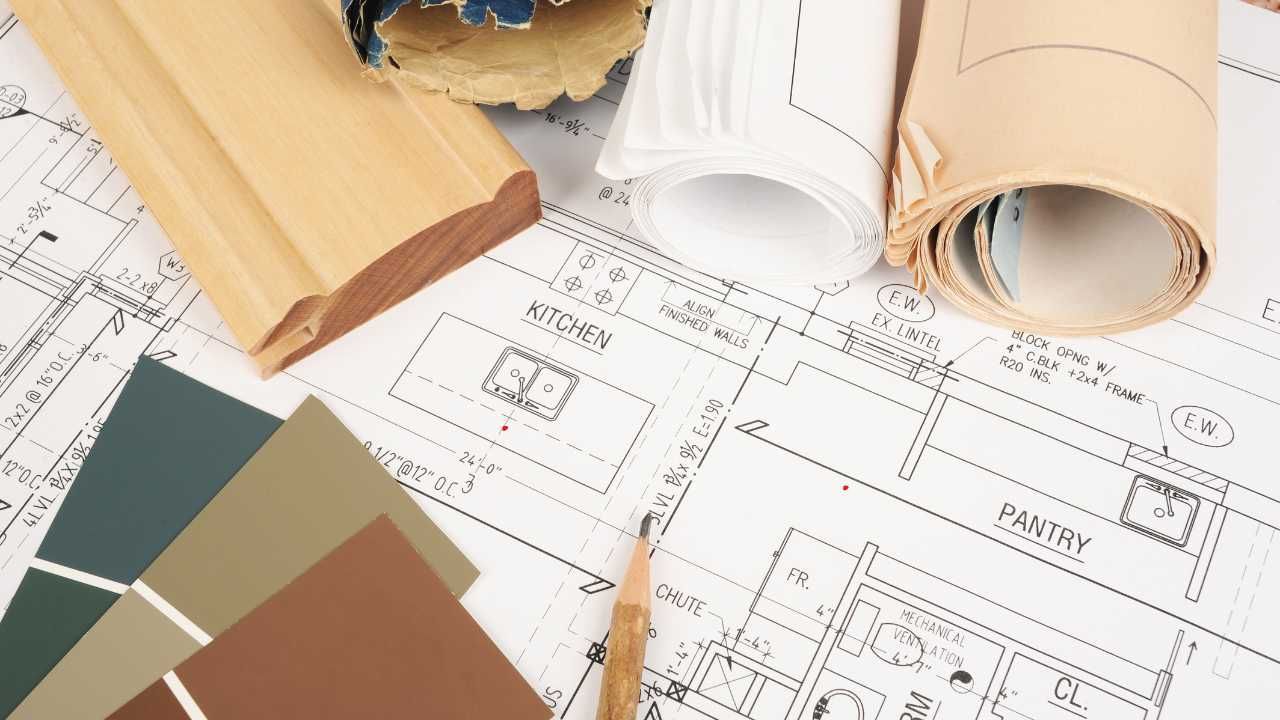How to Prepare Your Yard for a Smooth Pool Installation Process
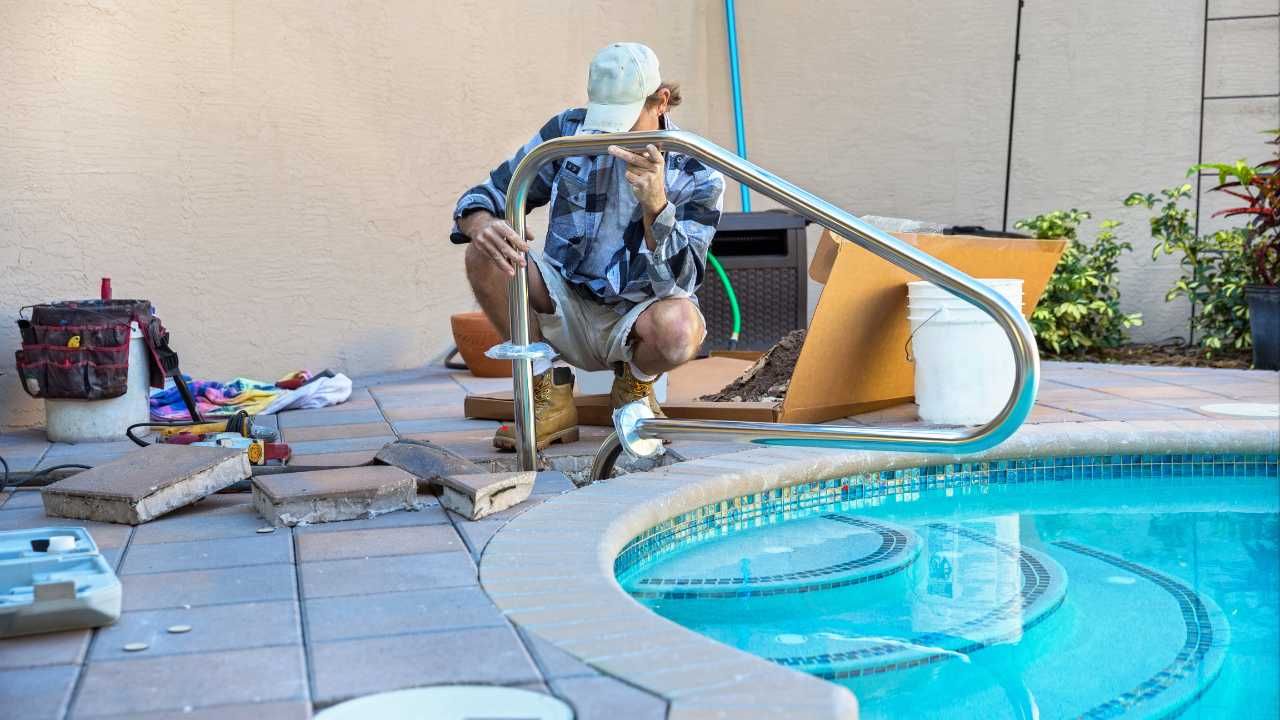
A backyard pool is the ultimate home upgrade, transforming your outdoor space into a private retreat. But before you can dive into crystal-clear waters, there's a crucial first step: preparing your yard for installation. A well-planned approach ensures a smooth process, avoiding costly delays and unexpected issues.
In this guide, we’ll walk you through everything you need to do before the pool construction crew arrives.
1. Check Local Regulations and Permits
Before any digging begins, you must ensure your pool complies with local zoning laws. Most areas have specific requirements regarding pool placement, fencing, and drainage. Contact your local authorities to secure the necessary permits.
Hiring a professional pool contractor familiar with your area’s regulations will save you from legal headaches down the road.
2. Plan the Pool’s Placement
Choosing the right spot for your pool isn’t just about aesthetics—it’s about functionality. Consider these key factors:
- Sunlight exposure – A pool in direct sunlight stays warmer and requires less heating.
- Drainage – Avoid low-lying areas where rainwater could collect.
- Distance from utilities – Your pool should be positioned away from underground cables, gas lines, and septic tanks.
- Wind exposure – Wind can cool the water and increase evaporation, making heating less efficient.
Mark out the exact dimensions of your pool with stakes and string to visualize how it will fit into your yard.
3. Clear the Installation Site
A clean and obstacle-free yard is essential for a smooth pool installation. Start by removing:
- Large rocks, tree stumps, and debris
- Overgrown shrubs and vegetation
- Any existing structures that may interfere with excavation
If trees are in the way, consult an arborist before cutting them down, as some may have protected status in your area.
4. Prepare for Heavy Equipment
Pool installation requires heavy machinery for excavation and concrete pouring. Ensure there’s a clear path for construction vehicles to access your yard. This may involve temporarily removing sections of fencing or trimming branches that obstruct entry.
If your yard has soft soil, consider laying down plywood or gravel to prevent excessive ground disturbance from machinery.
5. Address Drainage and Soil Stability
Poor drainage can lead to structural issues in your pool. If your yard is prone to flooding, consider installing French drains or a sump pump to divert water away from the site.
Soil stability is also crucial. Sandy or loose soil may require additional reinforcement before excavation. A soil test can determine if extra measures, such as compacting or retaining walls, are needed.
6. Plan for Utility Connections
Your pool will need proper plumbing and electrical connections for filtration, lighting, and heating. Before work begins, identify the best way to connect to your home’s utilities.
You may need a licensed electrician or plumber to install dedicated lines for your pool equipment. Coordinating these tasks in advance will prevent delays later.
Case Study
A family in Gwinnett County, GA, decided to install an in-ground pool but initially overlooked the importance of soil testing. During excavation, they discovered unstable soil that required additional reinforcement, causing delays and added costs. After consulting with Trimelogic LLC, the team conducted a thorough soil test, reinforced the area, and completed the installation without further issues. The family now enjoys their pool and appreciates the value of proper preparation to avoid unexpected setbacks.
7. Communicate with Your Contractor
A clear line of communication with your pool contractor ensures everyone is on the same page. Discuss:
- The project timeline and key milestones
- Any potential obstacles in your yard
- Safety measures to protect your property during construction
If you're working on a broader home renovation, make sure all contractors involved coordinate their schedules to avoid conflicts.
8. Protect Your Landscaping
Heavy equipment and construction work can damage lawns and flower beds. If you want to preserve parts of your landscaping, mark them off clearly or install protective barriers.
Consider waiting until after the pool is installed to replant or add new landscaping features. This prevents unnecessary damage and allows you to design around the finished pool.
Final Thoughts
A successful pool installation starts long before the first shovel hits the ground. By preparing your yard properly, you can ensure a smoother construction process, minimize unexpected costs, and set the stage for years of backyard enjoyment.
For expert assistance with pool installation and home improvement projects, consider working with home renovation Gwinnette County GA professionals like Trimelogic LLC, who have the experience and expertise to bring your vision to life. Contact us today to get started.

